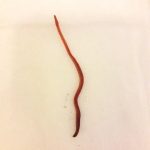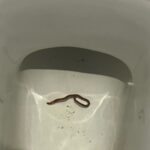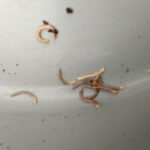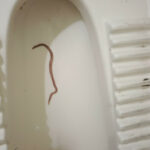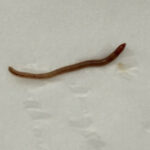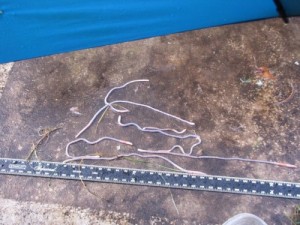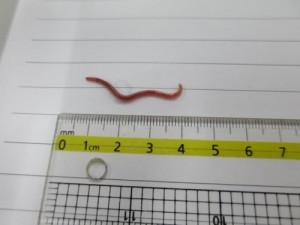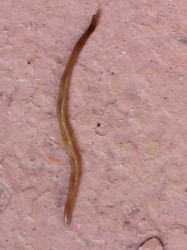
Earthworms are everywhere in the United States, so it’s natural to assume that they have always been there, as much a part of America as the soil in which they live. According to journalist Charles Mann, however, this is not the case. In both his new book 1493 and in an interview on NPR with Terry Gross, Mann claims, in accordance with what other experts have said, that earthworms in the United States are descended from earthworms in Europe, and that American earthworms only exist because Europeans (like Christopher Columbus) brought them over with them. The reintroduction of earthworms into the United States is part of what is now called the “Columbian Exchange.” Why weren’t there earthworms in the United States to begin with? How did Europeans bring earthworms to the United States? Is the introduction of earthworms into the United States characteristic of larger historical forces? Each of these questions will be addressed in turn.
The answer to the first question is simple: earthworms most likely did live in the United States originally (or the area of the world that is now the United States), but they likely died out during a glacial age (or what some call an “ice age” or “the ice age”). Basically, the ground of the United States was covered with glaciers, and wherever glaciers covered the land, earthworms could not survive. So, long ago there were earthworms, but they died off, and hence the United States was without one of its most common creatures until the arrival of Europeans.
As was the case with other species, such as many insects, earthworms may have been brought over inadvertently. Ships sailing from Europe carried ballasts (tanks or barrels on ships that helped with balance), and many of these ballasts were filled with soil, which almost certainly contained earthworms. These ballasts were sometimes dumped out on arrival in North America, so the introduction of earthworms back into the Americas was likely caused by ballasts being emptied. The conditions were ripe for earthworms to stage a comeback. Since the soil in the U.S. had evolved for thousands of years after the glacial age that killed earthworms, earthworms no longer played a role in the ecosystem. In the new ecosystem, leaf litter – the stuff that earthworms eat – accumulated as part of the soil and was used by several plants as a source of nutrition. But when earthworms were reintroduced, they feasted on the leaf litter. With their food source depleted, many plants died off, which allowed new plants (like pine trees) to take over the land.
As you can see, one small creature – the earthworm – was able to change the entire composition of forests across the land, and when Europeans came to America, a movement started by Columbus, they didn’t only bring earthworms. They brought lots of other things with them, like animals (e.g., cattle), plants (e.g., wheat), and infectious diseases (e.g., smallpox). These additions to the Americas radically changed the ecological composition of this area of the world. The Europeans also brought plenty back with them, changing the environmental landscape of Europe. This exchange of people, animals, diseases and so on is known as the “Columbian Exchange” (named after Columbus, naturally), as mentioned above. Had Columbus and his followers not come to the Americas, or had they somehow avoided bringing anything with them, the world would be startlingly different.
As it turns out, American earthworms are a lot like a sizable portion of the United States population: they both come from European ancestors. The reintroduction of earthworms into the United States caused major ecological changes, and it was only one small part of a much larger exchange that would forever change the world. If you want to learn more about this topic, consider purchasing 1493 by Charles Mann, available at Amazon:
All About Worms is always free, always reader-supported. Your tips via CashApp, Venmo, or Paypal are appreciated! Receipts will come from ISIPP Publishing.



